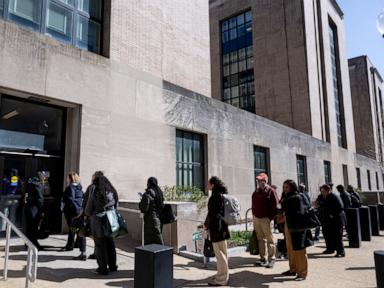In recent months, headlines have frequently proclaimed that companies and government agencies are demanding employees return to the office in droves, signaling the end of the flexible work era.
However, contrary to these attention-grabbing headlines, reliable and objective data from sources such as the U.S. Bureau of Labor Statistics, the Atlanta Fed and Stanford University show no significant decrease in workplace flexibility. Indeed, more employees enjoyed hybrid and remote work arrangements in 2024 than had in 2023, and there has been only a slight decline in 2025.
The sensationalism around a supposedly ever-growing return to the office is largely driven by cherry-picked stories. Headlines often focus on the loud proclamations of a few high-profile companies cracking down on flexible work. These narratives grab attention but are not necessarily representative of broader trends. In reality, many organizations are quietly adapting to employee preferences for flexibility, finding that the rigid mandates announced in the early post-pandemic phase are difficult to enforce and often counterproductive.
A clear example of this disconnect is found in a recent jobs report from the Bureau of Labor Statistics. Contrary to the narrative of a massive return to office, the data reveal a year-over-year increase in the number of employees who work from home either some of the time or all the time. Specifically, 22.8 percent of workers reported teleworking for some or all of their job in August 2024, up from 19.5 percent in August 2023. The share of hybrid workers — those who work remotely only some of the time — climbed from 9.2 percent to 11.7 percent over the same period. Those who worked remotely all the time increased from 10.3 percent to 11.1 percent.
This government data are backed by similar findings from highly credible private sources. For example, the eighth annual Owl Labs state of work report finds that the number of fully in-office workers fell from 66 percent in 2023 to 62 percent in 2024. The number of hybrid workers rose from 26 to 27 percent, and the share of fully remote workers rose from 7 to 11 percent. Overall, the BLS data are more trustworthy on the actual proportions, since they have a broader and deeper data set, but the similarity in trends is telling.
Some might believe that a potential recession caused by tariffs or other economically disruptive Trump administration policies might lead to a substantial decrease in remote work. But data from a 2025 Atlanta Fed and Stanford University survey by Nick Bloom and colleagues should debunk this line of thinking. Surveying executives at more than 1,000 U.S. businesses, the ...














